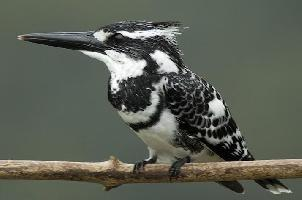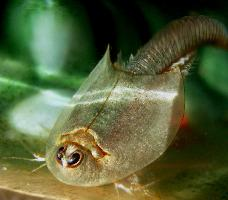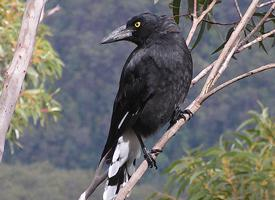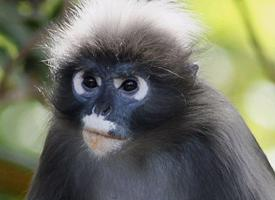
Váhy a míry
| Délka | 17 cm |
|---|
Stav ohrožení
| Ohrožen |
Popis zvířete
The Pied Kingfisher (Ceryle rudis) is a fascinating bird species belonging to the kingfisher family, known for its distinctive black and white plumage and remarkable fishing skills. This medium-sized bird is a widespread sight along rivers, lakes, and coastal waters across Africa, Asia, and the Middle East, showcasing a remarkable adaptability to various aquatic habitats.Characterized by its striking appearance, the Pied Kingfisher possesses a predominantly black and white plumage that serves as an excellent camouflage against the backdrop of water and sky. The bird features a large, black and white crest, white underparts, and a pattern of black bars across its white chest and wings. Males and females are similar in appearance, although males have a distinctive double band across the breast, while females have a single gorget that is often broken in the middle.
One of the most remarkable aspects of the Pied Kingfisher is its hunting technique. It is known for its ability to hover midair over water bodies, a skill achieved by rapidly flapping its wings while keeping its head perfectly still, scanning the water surface for fish. Once prey is spotted, the bird plunges headfirst into the water with remarkable precision to catch its meal, often emerging with a small fish held firmly in its beak. This unique fishing method, coupled with its excellent vision, makes the Pied Kingfisher an adept hunter.
The diet of the Pied Kingfisher primarily consists of fish, although it may occasionally feed on aquatic insects and crustaceans. Its ability to consume a wide range of prey sizes, from small to relatively large fish, underscores its versatility as a predator.
Socially, Pied Kingfishers can be found both as solitary individuals and in pairs, and sometimes, they form larger groups during non-breeding seasons. They are territorial birds, especially during the breeding season, when pairs vigorously defend their nesting sites. Nests are typically burrows excavated in sandy banks along water bodies. These burrows, which can be quite long, end in a chamber where eggs are laid and incubated by both parents.
The Pied Kingfisher's vocalizations include a sharp "chee-chee-chee" call, often heard during its flight or when perched atop a branch overlooking water. This call plays a role in communication between individuals, especially in the context of territorial defense and mating.
Despite facing threats from habitat destruction and pollution, the Pied Kingfisher has shown remarkable resilience, partly due to its wide distribution and generalist diet. Currently, it is not considered to be at significant risk of extinction and is listed as Least Concern by the International Union for Conservation of Nature (IUCN).
In summary, the Pied Kingfisher is a distinctive and fascinating bird, admired for its striking plumage, exceptional fishing abilities, and adaptability to various aquatic environments. Its presence along water bodies adds to the biodiversity and natural beauty of its habitats, making it a species of interest not only to ornithologists but also to nature enthusiasts worldwide.
Podobná zvířata
Nové fotografie zvířat
Top 10 zvířat
- Common cockchafer (Melolontha melolontha)
- Common house mosquito (Culex pipiens)
- Colossal squid (Mesonychoteuthis hamiltoni)
- Giant house spider (Eratigena atrica)
- Harpy eagle (Harpia harpyja)
- Fruit fly (Drosophila melanogaster)
- Common reed warbler (Acrocephalus scirpaceus)
- Australian box jelly (Chironex fleckeri)
- Proboscis monkey (Nasalis larvatus)
- Moustached guenon (Cercopithecus cephus)


